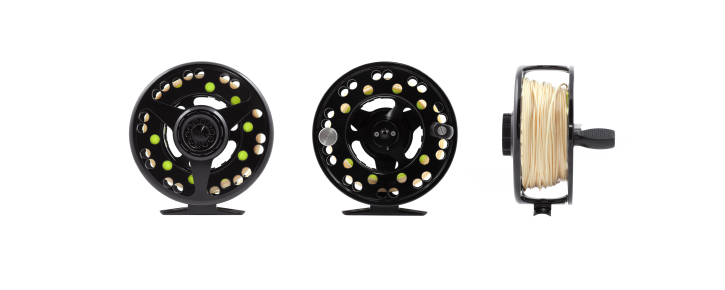How To Choose A Fishing Reel

Choosing the correct fishing reel depends on experience, intention and simple personal preference. Some reels will be more suitable for certain types of fishing depending on what you want to catch, how you want to catch it and where you like to fish. There’s a huge variety of reels out there which can make the task of settling on the right one challenging, but if you know exactly what you’re going to be using it for, then you’ll narrow down your options considerably and hopefully make a better choice. To really get a handle on what type of reel is most suitable for you, you need to have a thorough understanding of what the variable components within a fishing reel are. We’ll go through the main parts of reel so you can get a clear picture of exactly what to look out for.
The main components of a reel: Drag system: star or level?A level drag system is generally considered to be superior to a star drag system, but if you’re just starting out in the fishing world then a star drag system should suffice. It can be used for most applications and is simple to operate. A lever drag system allows you to adjust drag tension with more precision. They’re generally smoother and more consistent than a level system, but unfortunately also more expensive.
Ball Bearings:Most models contain either ball bearings or bushings; ball bearings are considered smoother, more stable and provide better support. Some reels also feature a roller bearing. The quality of a fishing reel can be indicated by how many ball bearings it uses. Really deluxe models can feature up to 12 stainless steel bearings, although two bearings are perfectly adequate.
SpoolsNormally you’ll have a choice between a graphite spool or an aluminium spool. Aluminium is considered to be superior to graphite in strength and durability. There are two types of spool design: internal spools and skirted spools. The skirt design is newer and can help prevent the line getting caught in the housing of the reel, but some anglers prefer the simplicity of the older, internal spool design.
GearsThe gear ratio of a reel is often down to personal preference more than anything else. Gear ratio means the number of revolutions the spool makes with each turn of the handle. It affects the speed of bringing in a catch. You can get hold of two speed reels offering both a low and high gear for flexible application.
Like anything, choosing a fishing reel comes down to personal preference. There is an element of risk in making the initial purchase, and it may take a few years (and a few reels) to find your perfect match. The best advice is to have a good chat with someone who really knows what they’re talking about. Be honest about your limitations, what you want from fishing and what your budget is and they should be able to help you out.
